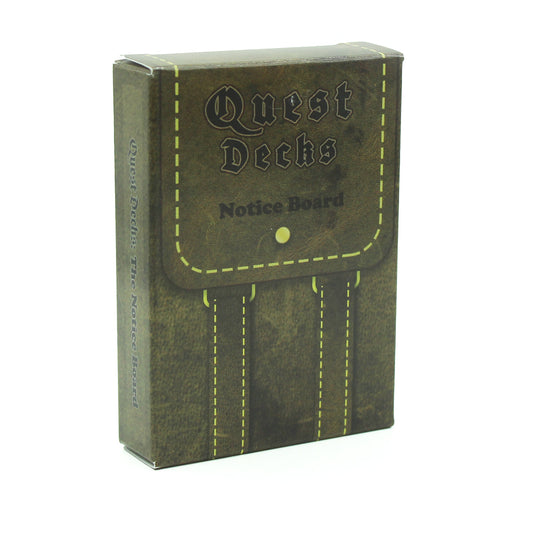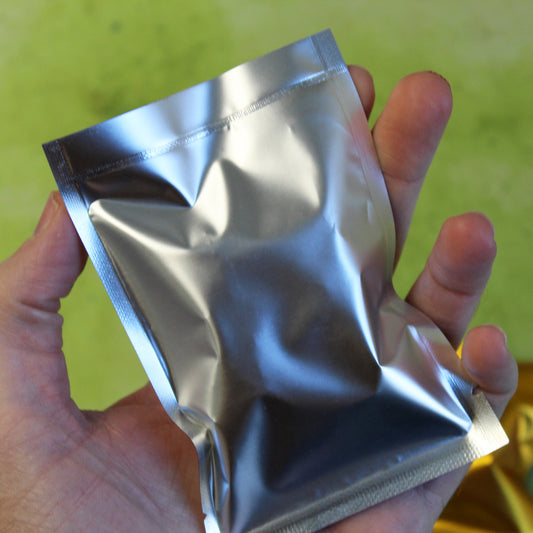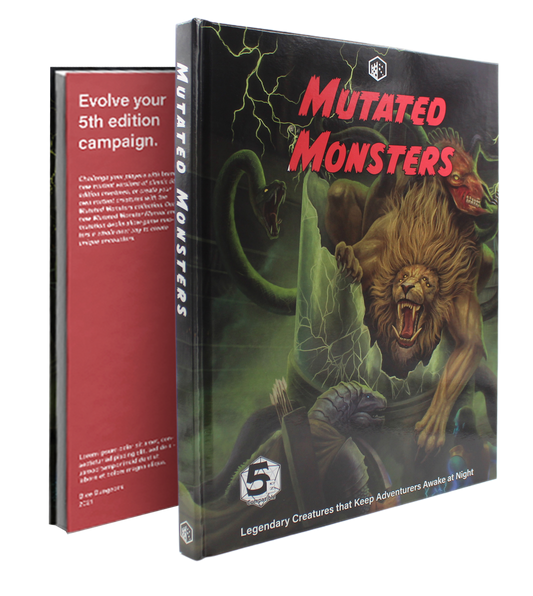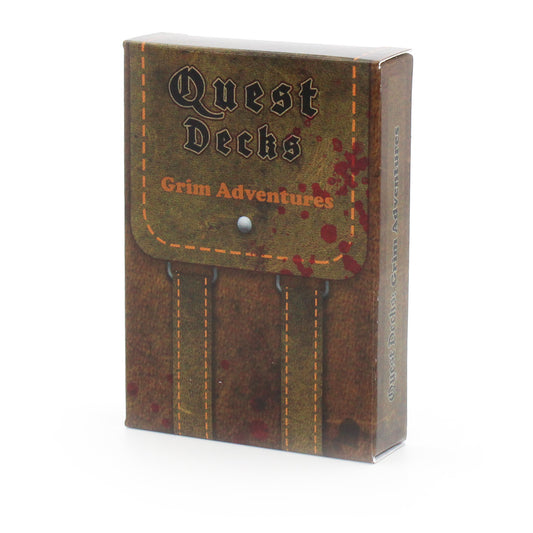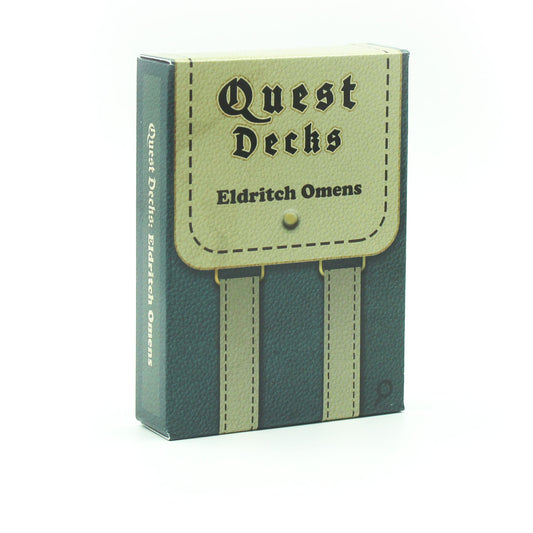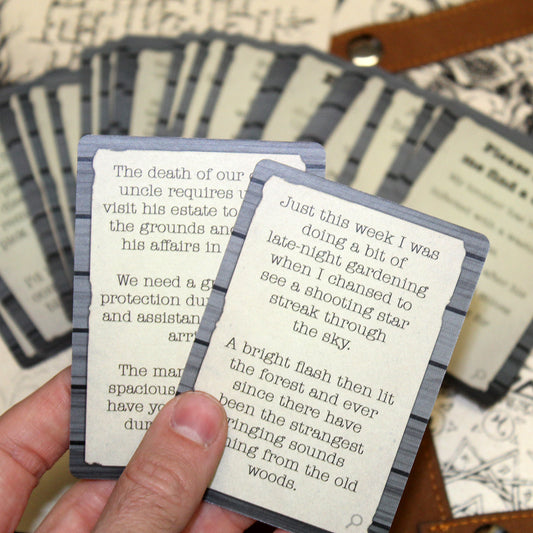Imagine this: A captivating session of Dungeons & Dragons unfolding before you, your players brimming with excitement as they face a daunting challenge. In the midst of this epic tale, one of your characters, a wizard, prepares to unleash a spell that will leave everyone at the table perplexed - Steel Wind Strike.
As the DM, my role is to facilitate the game, weaving a tapestry of adventures and encounters. But sometimes, even I find myself navigating uncharted waters when confronted with a spell as intricate as Steel Wind Strike.

The Melee Enigma
Let's start with the melee aspect. In the world of D&D, "melee" typically implies close-quarters combat, a domain where fighters and warriors reign supreme. So, when the wizard cast Steel Wind Strike, a spell involving a melee spell attack, it raised a few eyebrows around the table. The mental image of a wizard teleporting into the thick of battle, staff in hand, ready to engage in hand-to-hand combat, seemed both bizarre and perilous.
The Range Puzzle
Next, consider the spell's range - a seemingly deceptive 30 feet. Now, 30 feet is typically a comfortable distance for spellcasting, allowing spellcasters to remain safely removed from the immediate danger of the battlefield. However, given Steel Wind Strike's melee component, this range posed a conundrum. How could one "strike like the wind" from 30 feet away with a melee attack? It was a question that hung in the air like a riddle.
The Intriguing Weaponry
And then there was the matter of the melee weapon. The spell required the use of a melee weapon worth at least 1 silver piece, a curious demand for a wizard's repertoire. Why would a spell that appeared inherently magical necessitate the presence of a physical weapon? The answer remained elusive.
Revelation and Versatility
As the session unfolded and discussions among the players ensued, the mysteries of Steel Wind Strike began to unravel. The spell, as it turned out, was far more versatile than it initially seemed. The ability to teleport to an unoccupied space near a target, whether hit or missed, allowed for strategic positioning after casting, negating the need to teleport directly into melee.
Furthermore, I learned that Steel Wind Strike was a melee spell attack, not a melee weapon attack. This small yet crucial distinction clarified that the wizard could wield their magical prowess without engaging in direct combat.
The best way to think of a melee spell attack is in terms of reach. In the basic rules, regular melee attacks are attacks “used in hand-to-hand combat” and allow “you to attack a foe within your reach.” Typical creatures have a reach of 5 feet, but certain feats, weapons, and abilities may increase that distance. In the case of Steel Wind Strike the reach is 30 feet (incidentally this is true of Thorn Whip as well). Crucially, melee spell attacks are not ranged attacks and so do not suffer disadvantage while within 5 feet of an enemy (any enemy, not just the one you are attacking). Therefore, a Wizard may be within 5 feet of an enemy already and still perform Steel Wind Strike without disadvantage. The Wizard may then use the teleportation aspect of the spell to move to within 5 feet of a different enemy, preferably one already engaged with the party’s tank.

A Lesson in D&D's Complexity
My experience with Steel Wind Strike served as a reminder of the intricate nature of D&D spells. What may appear bewildering at first glance can, upon closer examination, reveal layers of versatility and tactical potential. As a DM, I came to appreciate the spell's unique blend of martial and magical elements, which added depth and intrigue to the player's character.


